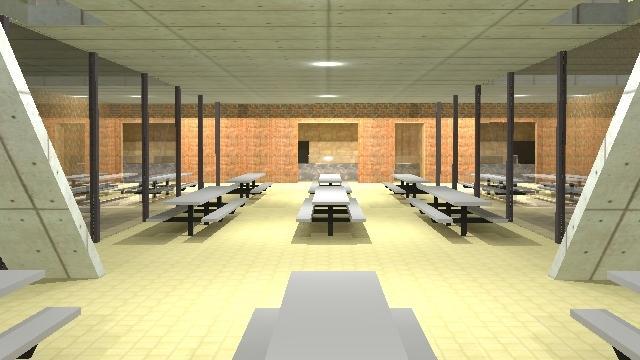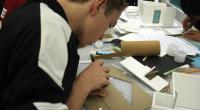
2012 national competition project #170 | cafeteria redesign
The Lincoln East High School cafeteria has many positive amenities. After a 2009 expansion remodeling project, the East High cafeteria now has more seating and a plethora of new windows. Natural light and seating space are no longer serious issues in the East High cafeteria, and our removal tables and chairs make the space amenable for activity banquets and ceremonies. However, a few facets raise concern.
First, there is no outdoor seating space. Although we do experience freezing cold Nebraska winters, the cool brisk of fall and sunny warmth of spring always entice students to sit outside for lunch. But with no outdoor seating space, students are stuck inside all day—lowering both their Vitamin D count and their ability to concentrate.
Next, East High isn’t as ‘green’ as it could be. We don’t take advantage of renewable resources, relying on basic electricity and natural gas to fuel our cafeteria. Therefore, installing solar panels or a geothermal energy system would be a great way to save both energy and taxpayer money in the long-run.
Last, studying is very difficult in the East High cafeteria. It’s too noisy, and people are often forced to go the library during lunch finish their work. But the library doesn’t allow food or drink—forcing studious students to go without lunch all day. Furthermore, the library is often closed during lunch due to various school activities throughout the day. In those instances, it’s impossible for any student to get their work done during lunch. Thus, creating quiet nooks in the East High cafeteria where studious kids can both eat lunch and do their homework would be a great way to reward students for their dedication and hard work. Academic growth should be the centerpiece of every room in a high school, and by providing those study nook options in the East High cafeteria, students who value their education can set a positive example for their peers.

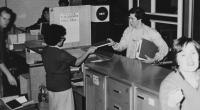


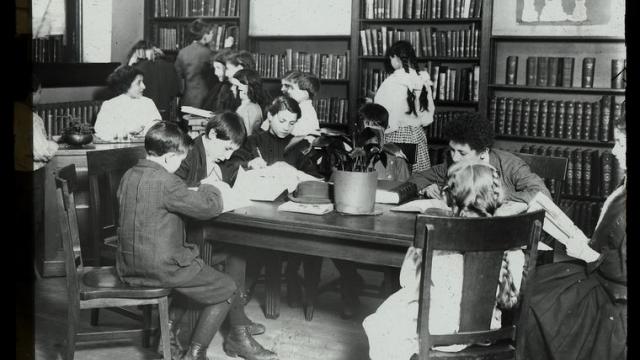
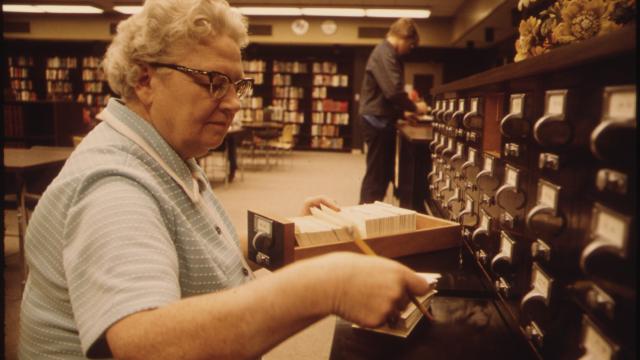
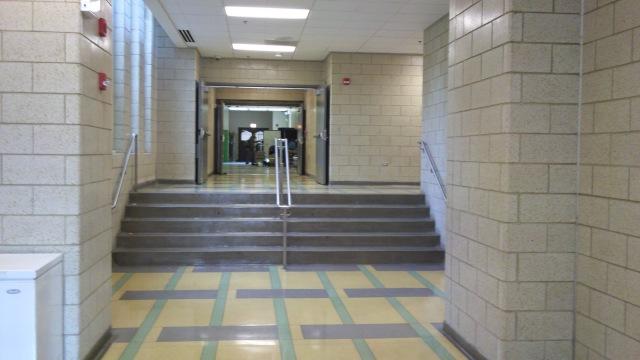









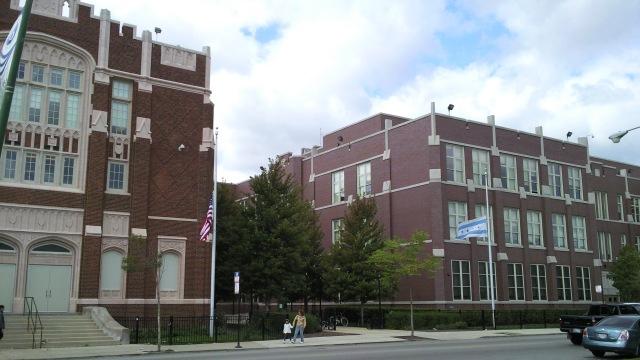

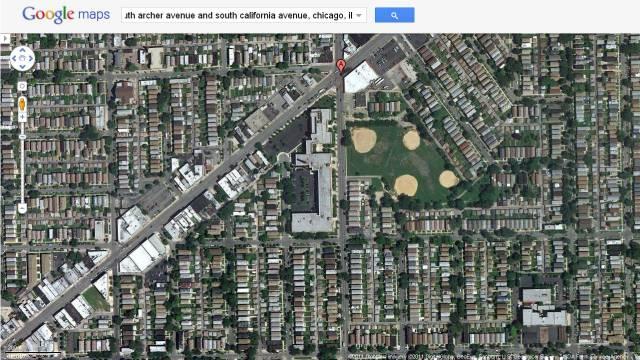



.html)
.html)
.html)













